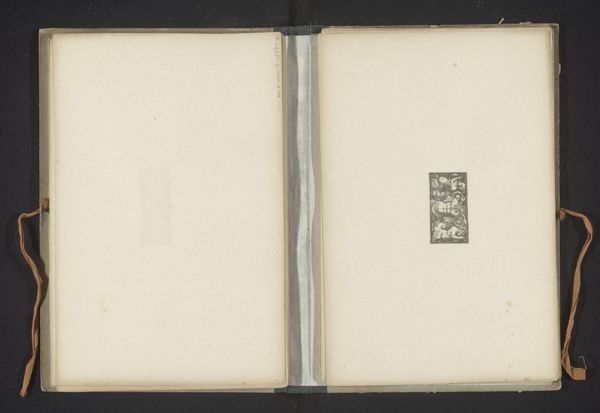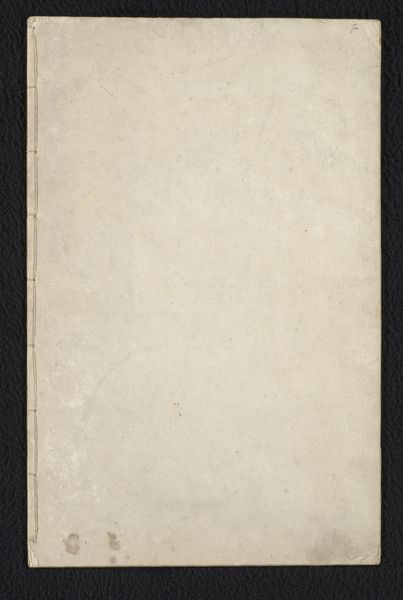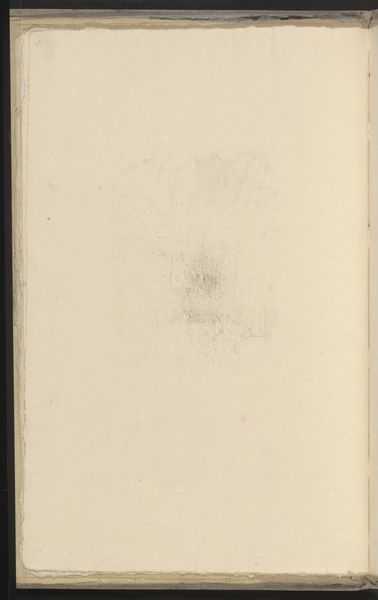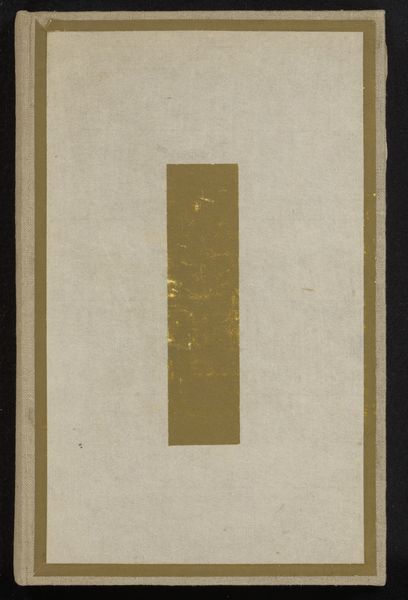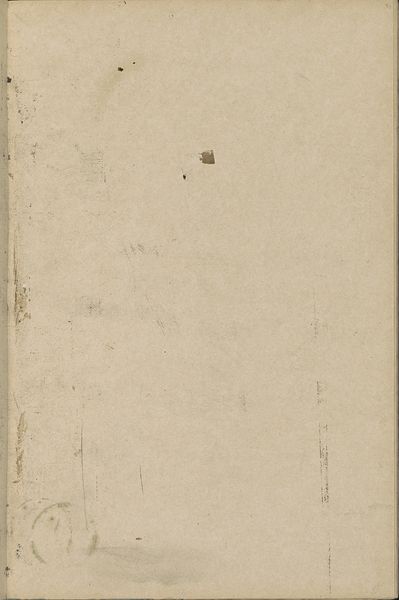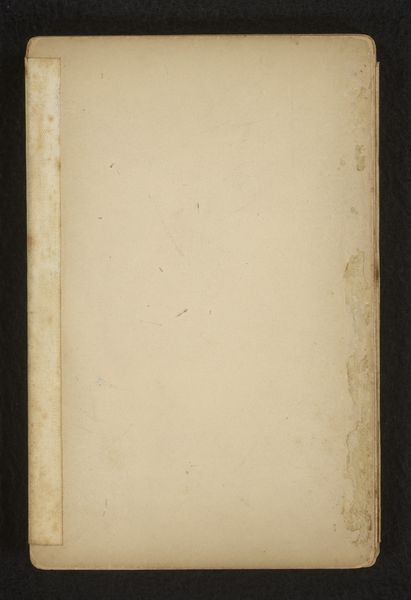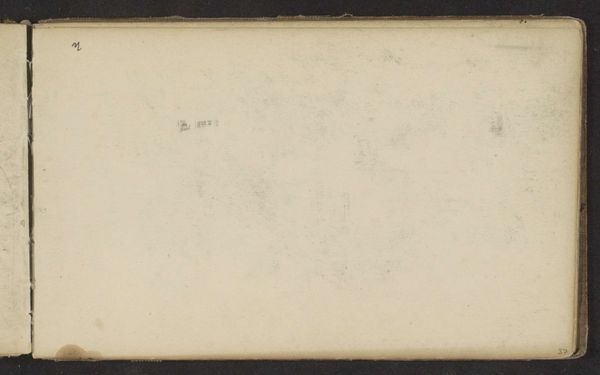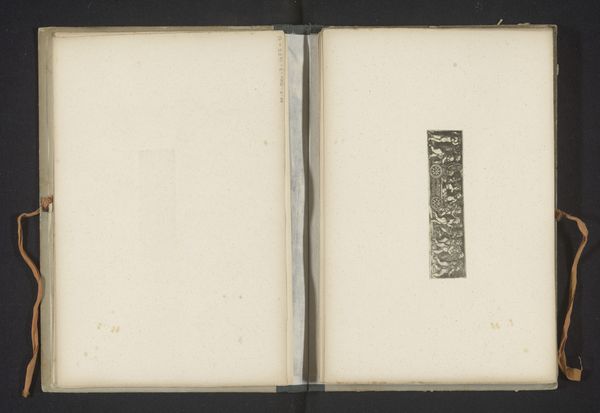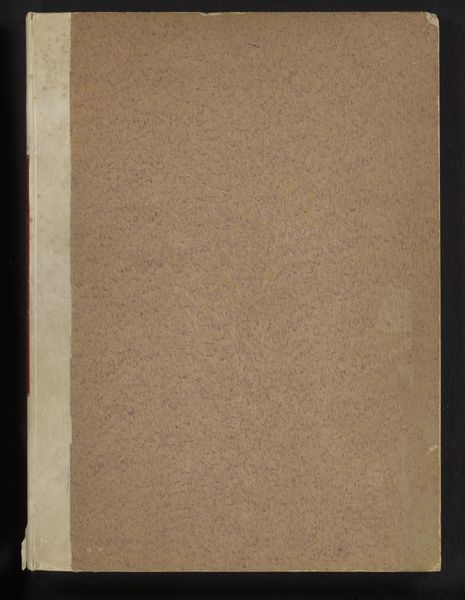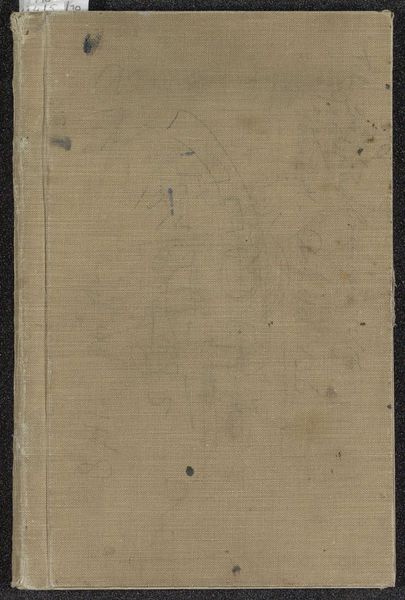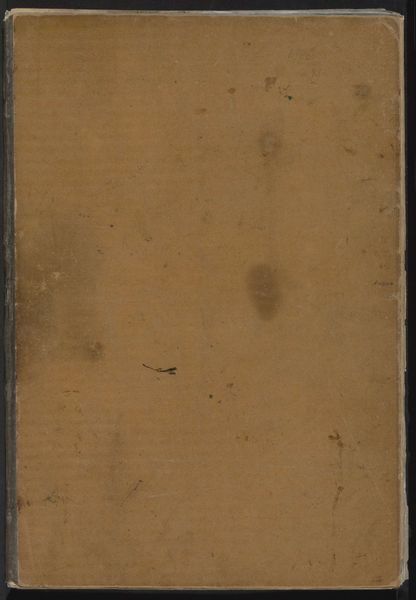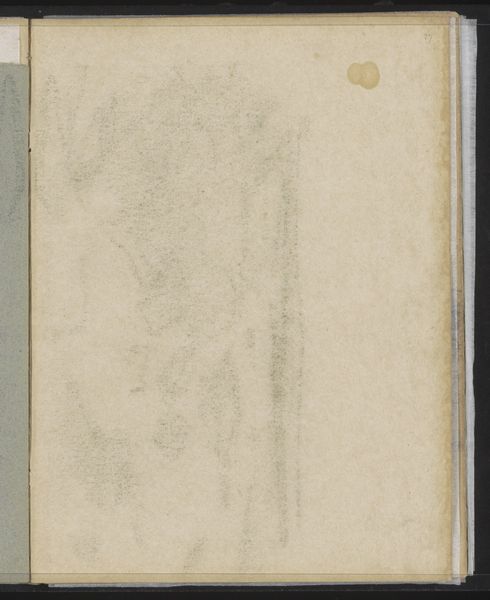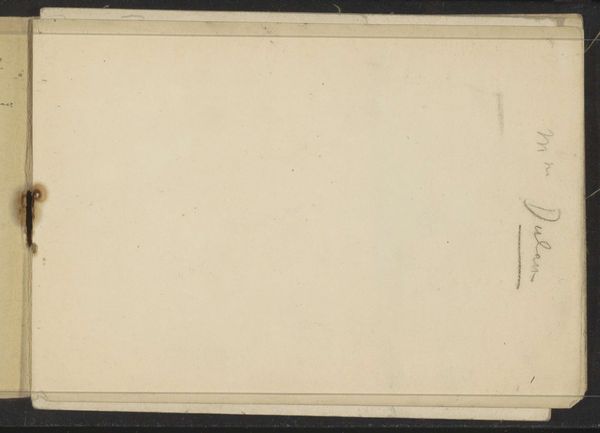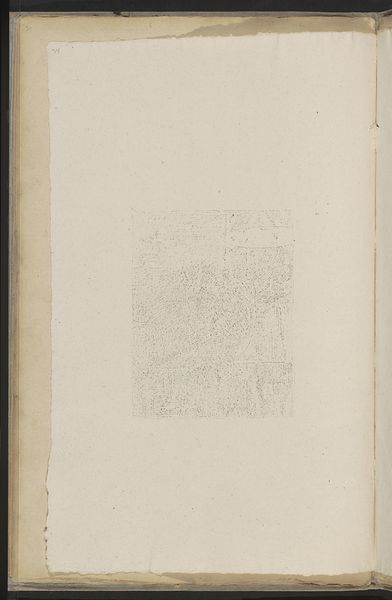![L'adoration des bergers : ivoire italien du XVIe siècle (1) / [Kervyn de Volkaersbeke] by Kervyn de Volkaersbeke](/_next/image?url=https%3A%2F%2Fd2w8kbdekdi1gv.cloudfront.net%2FeyJidWNrZXQiOiAiYXJ0ZXJhLWltYWdlcy1idWNrZXQiLCAia2V5IjogImFydHdvcmtzLzEzMjg1ZmIxLTliYzMtNDIyNi05MjAxLWRiYmYwMWE4Y2IyNy8xMzI4NWZiMS05YmMzLTQyMjYtOTIwMS1kYmJmMDFhOGNiMjdfZnVsbC5qcGciLCAiZWRpdHMiOiB7InJlc2l6ZSI6IHsid2lkdGgiOiAxOTIwLCAiaGVpZ2h0IjogMTkyMCwgImZpdCI6ICJpbnNpZGUifX19&w=3840&q=75)
L'adoration des bergers : ivoire italien du XVIe siècle (1) / [Kervyn de Volkaersbeke] c. 1860
0:00
0:00
drawing, paper, pencil
#
drawing
#
paper
#
coloured pencil
#
pencil
Dimensions: height 225 mm, width 147 mm, thickness 1 mm
Copyright: Rijks Museum: Open Domain
This is a 16th-century Italian ivory carving of the Adoration of the Shepherds. Ivory, a material derived from elephant tusks, was highly prized for its smooth texture and luminous quality. The carving process involved meticulous removal of material. The artist used various tools to bring the scene to life: chisels to roughly shape the ivory, finer tools for details, and perhaps drills for intricate elements. This would have required not only artistic vision but also tremendous skill and patience. The choice of ivory itself speaks to a history of global trade, but also exploitation. The pursuit of ivory fueled colonial ventures into Africa and Asia, with profound consequences for both human populations and elephant herds. The whiteness of ivory, which allowed it to imitate marble, also carried symbolic weight. Considering this history, we can appreciate this artwork not just for its aesthetic beauty, but also for its complex ties to labor, politics, and consumption. It reminds us that even the most refined objects are rooted in material realities and social contexts.
Comments
No comments
Be the first to comment and join the conversation on the ultimate creative platform.
